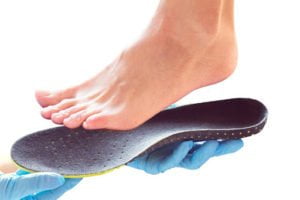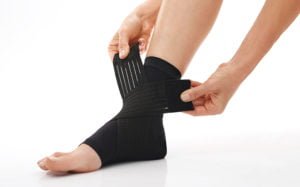
Bracing
Braces, or orthoses, are pieces of medical equipment. They can be beneficial for a variety of health conditions where a period of stabilization is required to help your body function optimally. Bracing is helpful post-surgery, post-injury, and in situations where restriction of movement is needed for recovery. A brace can be fitted to almost any place on the body in need of stabilization.
The most common braces are those fitted to the wrists, hands and knees. Unlike casts, braces and orthoses can be put on and taken off at a patient’s will; they are not permanent. Orthoses for the feet are often called custom foot orthotics and can also be fitted at Backs in Action by a member of our Chiropractic Team.
Flexibility and the type of brace depend on the specific needs of your condition; hinged braces for example would allow the knee to move in a way closer to the natural motion of the joint. Braces can even help reduce the risk of falls – a balance brace, for example, is an ankle-foot device that helps you walk with a better sense of balance. Research shows that there are few, if any, negative effects to preventative bracing.


What Conditions Can Bracing Help?
- Knee ligament injuries
- Sports Injuries
- Carpal Tunnel Syndrome
- Tendonitis
- Metatarsalgia – pain/inflammation in the ball of your foot
- Osteoarthritis
- Plantar fasciitis
- Scoliosis
- Drop Foot due to Stroke

